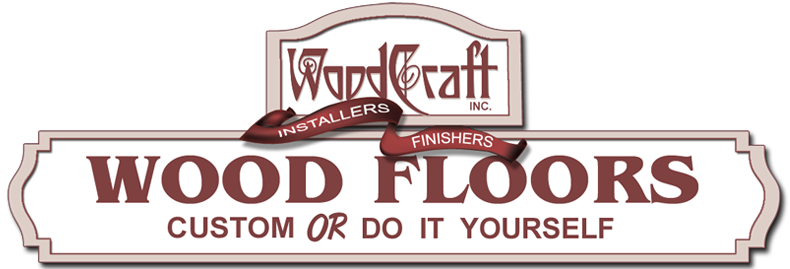BENEFITS OF WOOD FLOORING
ENVIRONMENTAL BENEFITS OF US DOMESTIC HARDWOODS: |
US domestic hardwoods have sustainable forestry standards. There is no clear- cutting methods as commonly done in softwood and exotic wood flooring.
Wood is a natural resource. It is the most abundantly renewable flooring available. Many reclaimed buildings, ships, structures, and even wine barrels are recycled and made into wood flooring.
The forests are made up of many species of hardwood. There is no mono-culture as in the softwood industry so pesticides are not needed and the trees are selectively logged. As a result this is a healthier forest. There is no loss of species and no pollution of streams or rivers.
The supply of US hardwoods is greater than the average removal rate according to the US Department of Agricultural Forestry Service. There is more hardwood forest today than in 1940.
US methods of production of flooring use less water and energy than any other flooring option.
US hardwood mills turns all waste into other products (pellets,…) and all the new mills use the waste products that aren’t turned in other products into electricity to power the plant and energy to run the kilns. No water is used or wasted in the production of wood flooring.
Environmental Comparison of solid wood flooring to other floor coverings:
Synthetic Sheet Flooring (Vinyl, rubber, etc.): made from non-renewable petroleum resources, non-biodegradable, scraps are not recyclable, manufacturing is energy-intensive, depleting the supply of fossil fuels.
Ceramic tiles: made by firing clay (a plentiful resource), kilns however, used to fire the clay consume large quantities of energy, not recyclable.
Linoleum: made with renewable ingredients (linseed oil, cork, wood dust and dyes) but it is not recyclable and still uses chemicals in manufacturing.
Carpet: requires extensivecleaning and is considered high maintenance compared to other flooring oprtions. The pile of the carpet (threads) allow dirt, dust, grime, mold, mmildew, and dust mites to permeate the weave and pad and settle near the floor making cleaning difficult. It can be a source of allergies. Carpet is not recyclable, biodegradable or renewable. It needs to be replaced periodically using energy and chemicals over and over again with new installation.
AND MORE BENEFITS AS WELL……….
ADDS VALUE:
Hardwood floors are very appealing to prospective buyers. According a nationwide survey of real estate agents, a home with wood floors sells faster and commands a higher price than one other types of flooring. There is a high return on investment by raising the value and appearance of the home.
EASY TO CLEAN:
Sweep, vacuum and occasional damp mopping is all that is needed for a surface coated floor. There is no shampooing, steam cleaning, caulking, etc.
COST EFFECTIVE:
Over time wood floors maintain their value. Solid hardwood floors are considered permanent flooring by lending institutions. Most custom wood floors can be refinished or top coated to restore the original look. This is not true of carpet, tile or vinyl. Solid hardwood floors if well maintained last hundreds of years.
DURABILITY:
Improvements in finish technology have produced durable finishes. Hardwood flooring is now suitable for any room of your home.
VARIETY OF STYLES AND COLOR:
There is a huge variety of colors, styles, grades and species of wood. Also there are many kinds of flooring (solid, engineered, hand-scraped, parquet, etc) that vary in length and width of individual boards. Since there are so many choices in appearance, it lends itself to any style of interior decorating.
HEALTHY FLOOR:
For allergies from dirt, dust, pet dander and irritants, hardwood floors are a great choice. Because of the smooth surface, there is no grout lines or fibers to harbor allergens and allow them to thrive. They are recommended by health professionals and considered a “healthy” floor.

